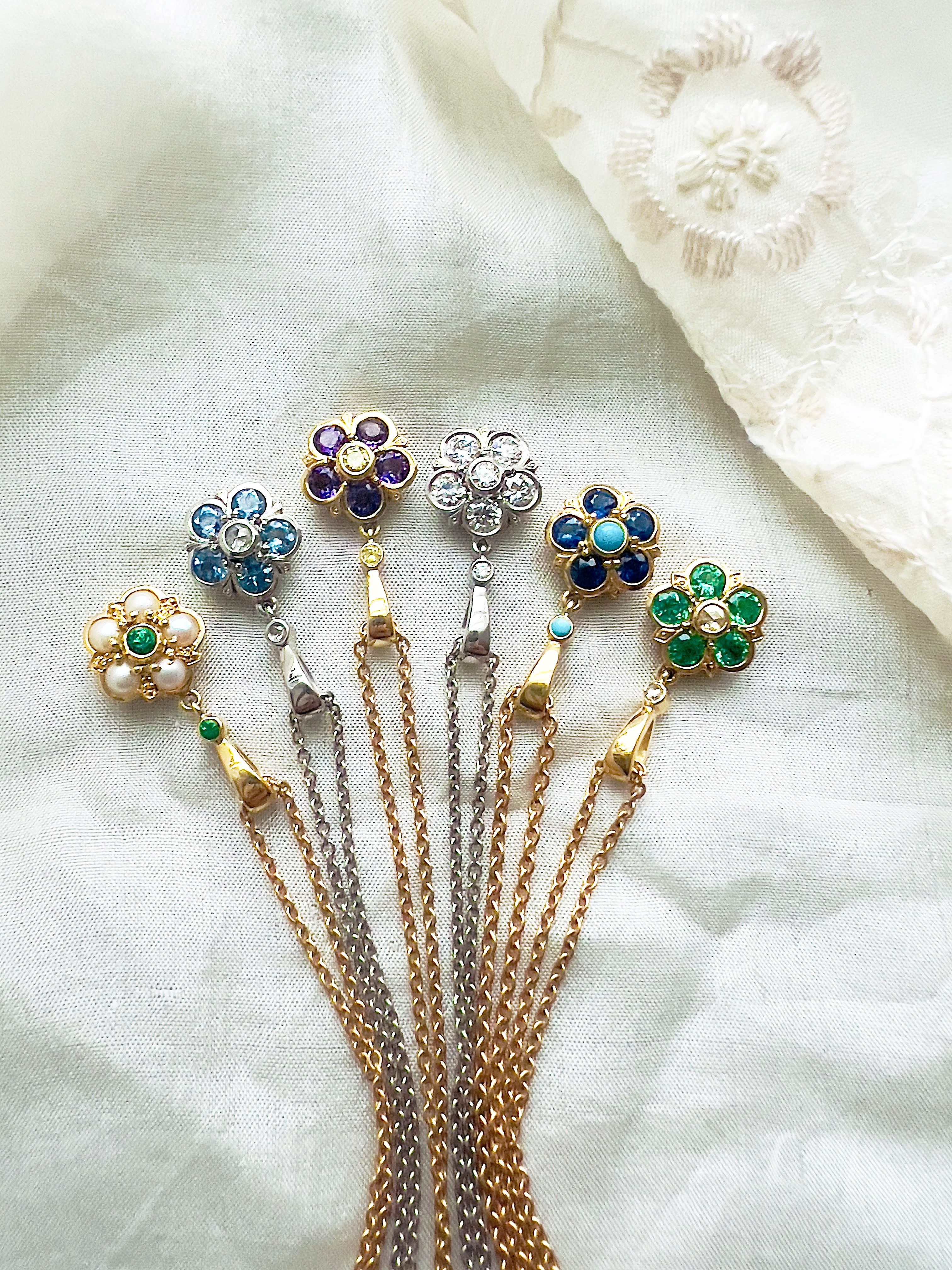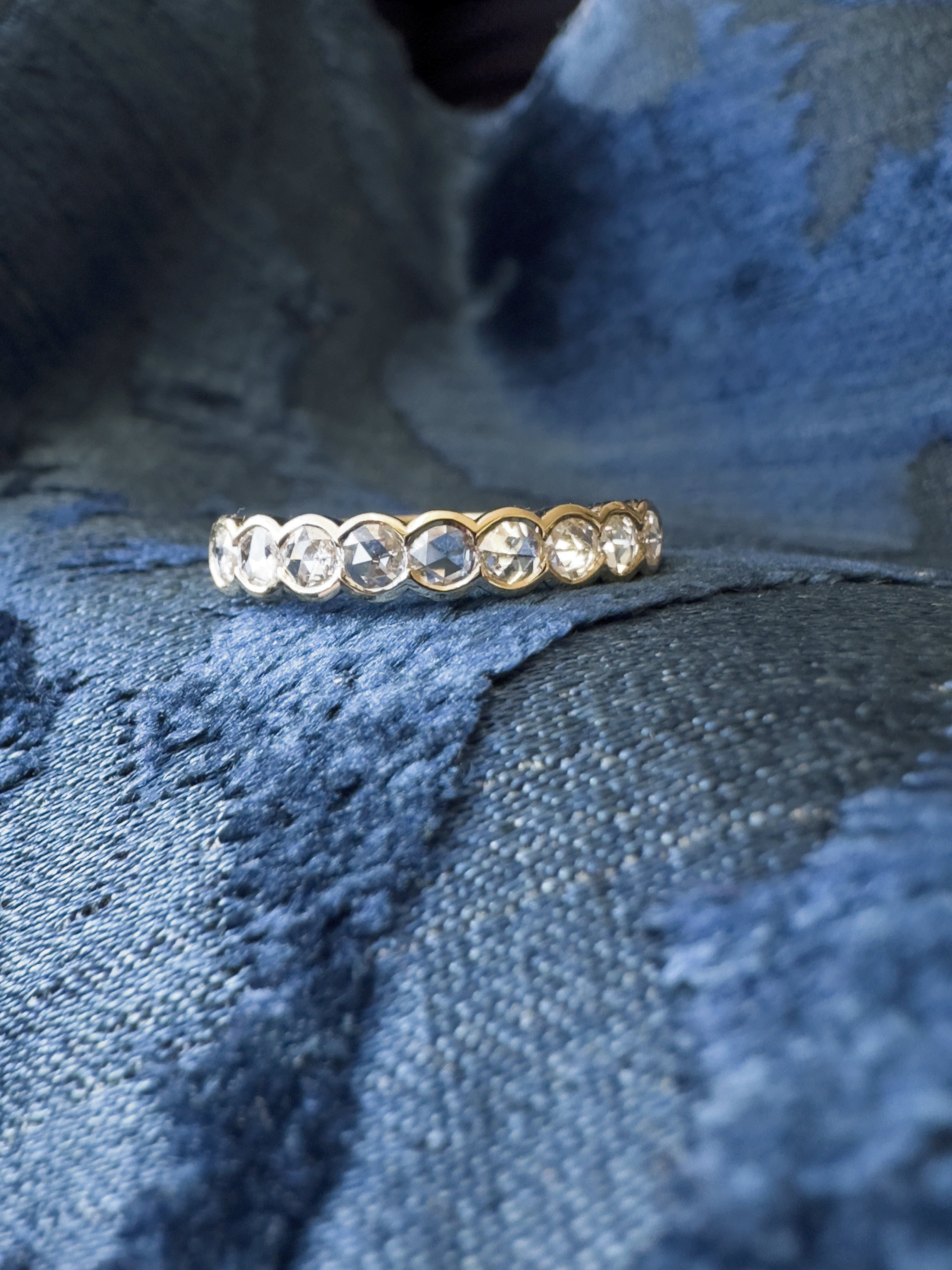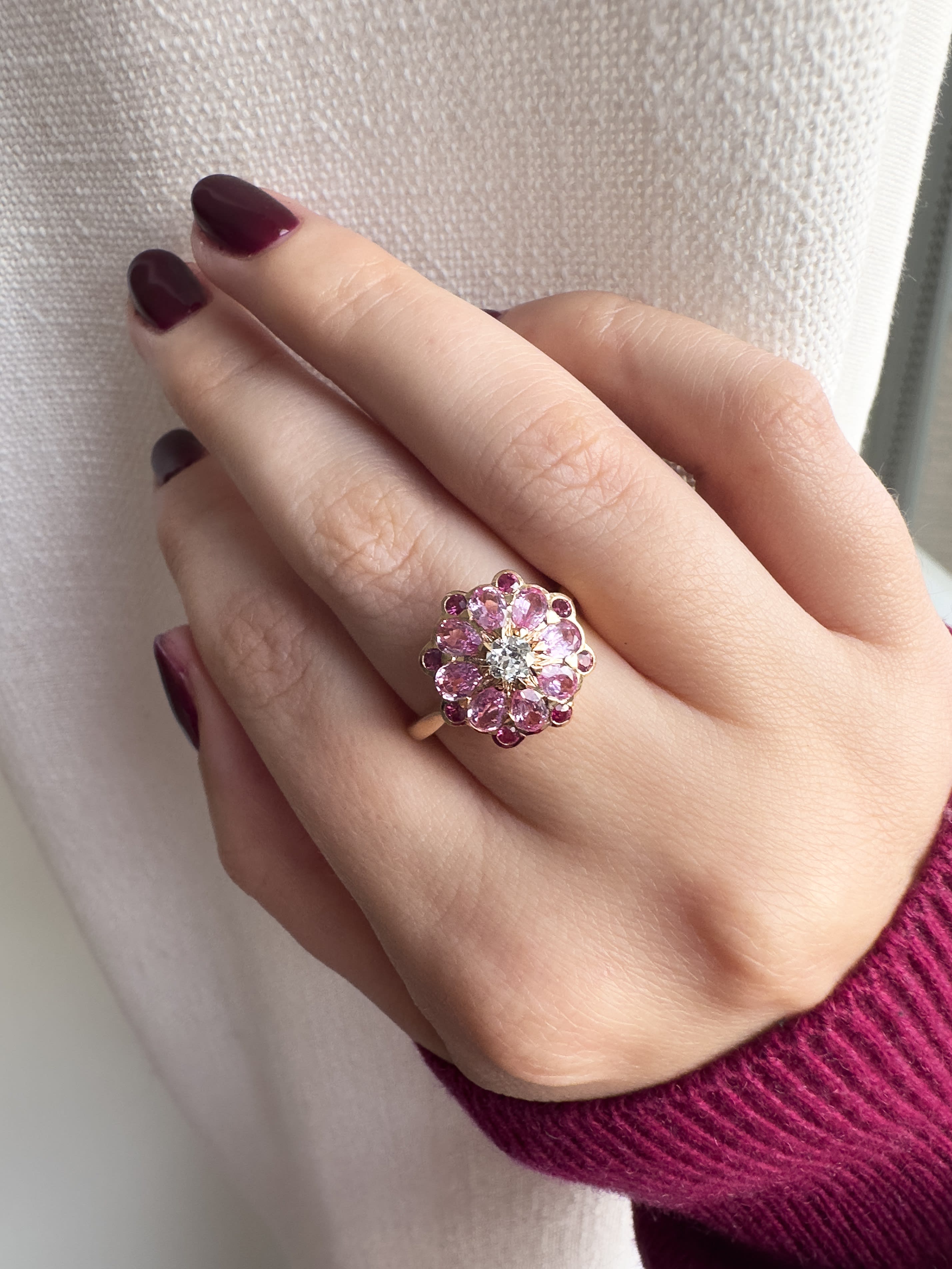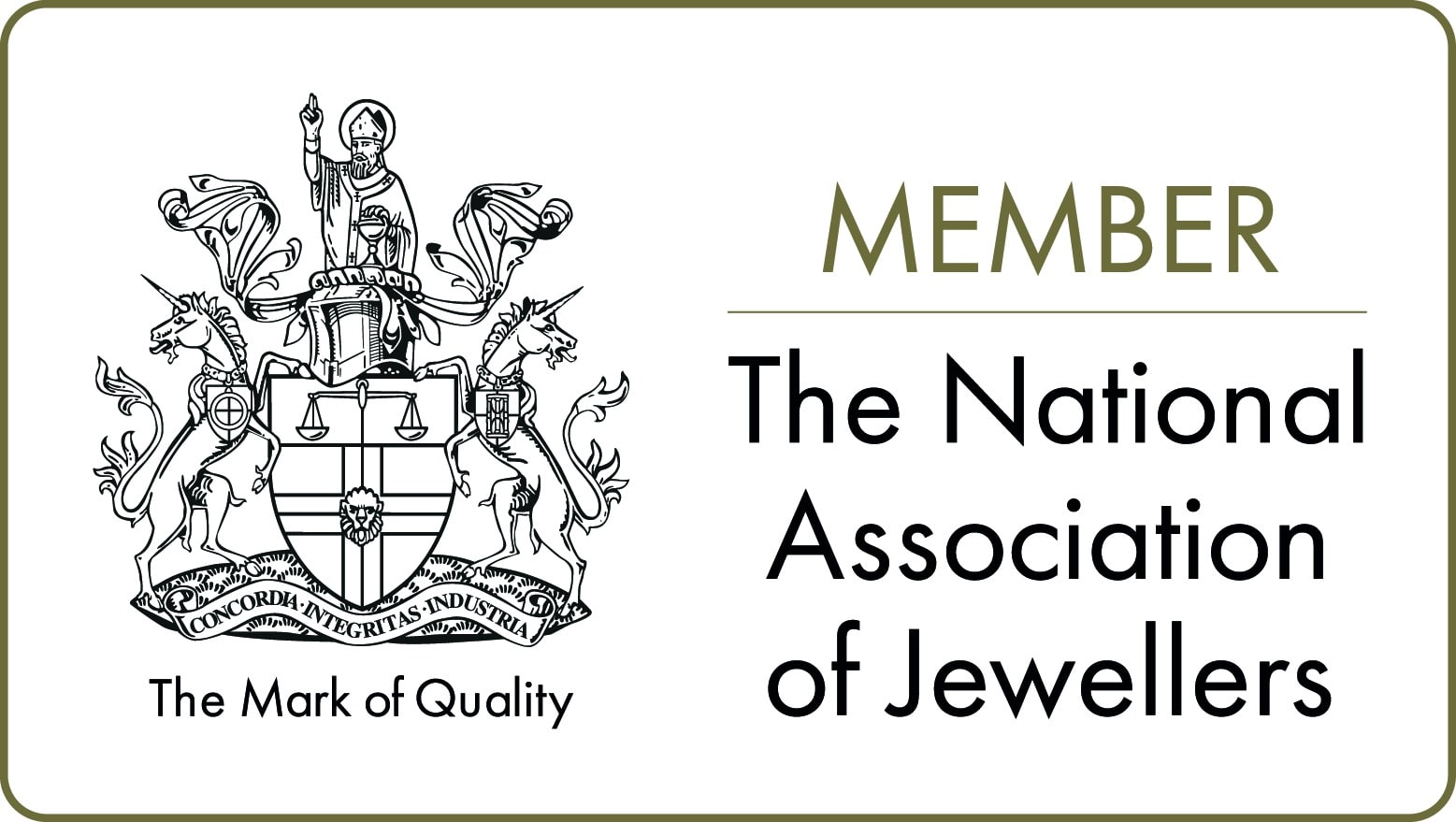Elizabeth I and the Art of the Image
The Elizabeth Collection began, as many of our ideas do, with a moment in history we felt drawn to and a woman who still inspires today. The Elizabethan era was full of richness: imagery, symbolism, colour. But it's a period we don't often see reimagined in modern jewellery. That made it the perfect place to begin.
There was always intent behind historical jewels. For Elizabeth I, every detail in her portraits was deliberate. A string of pearls, a sun, a rose - these weren't just decorative touches. They were part of how she told the world who she was: intelligent, strategic, and unmistakably powerful. The Virgin Queen, "Gloriana," and the figure of the Golden Age. That use of jewellery to communicate something deeper still resonates today and it's a thread we followed closely.
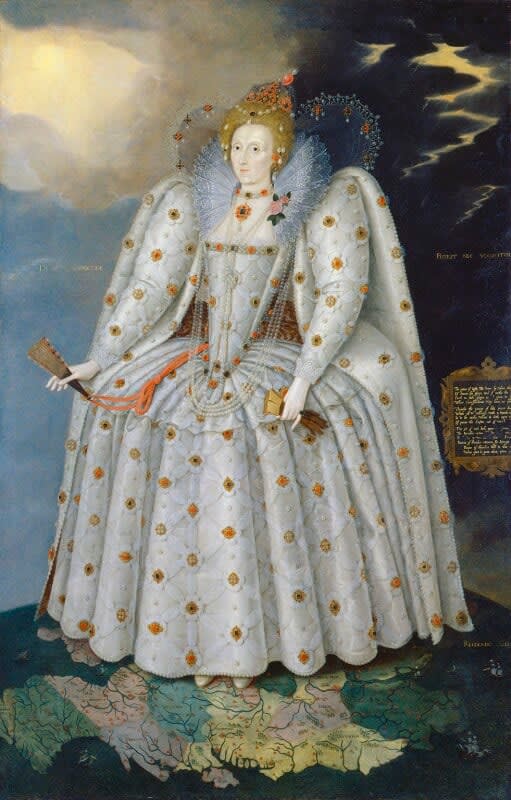
Queen Elizabeth I ('The Ditchley portrait') by Marcus Gheeraerts the Younger. Oil on canvas, circa 1592, NPG 2561 © National Portrait Gallery, London
A Hoard of Influence
The Cheapside Hoard - a collection of 16th- and 17th-century jewels found untouched in a London cellar in 1912 - offered an early spark of inspiration. These weren't necessarily royal pieces, but jewels made for merchants and the elite: full of character, bold in style, and often surprisingly playful. One gem-set floral brooch, in particular, helped shape our rose ring. We didn't replicate it, but reimagined it in our own way. Garlands of enamelled floral chains from the Hoard also inspired our approach to pendants, which we've refined into simpler, wearable pieces with a more modern feel.

Cheapside Hoard, Amethyst & Rose-cut diamond brooch © London Museum
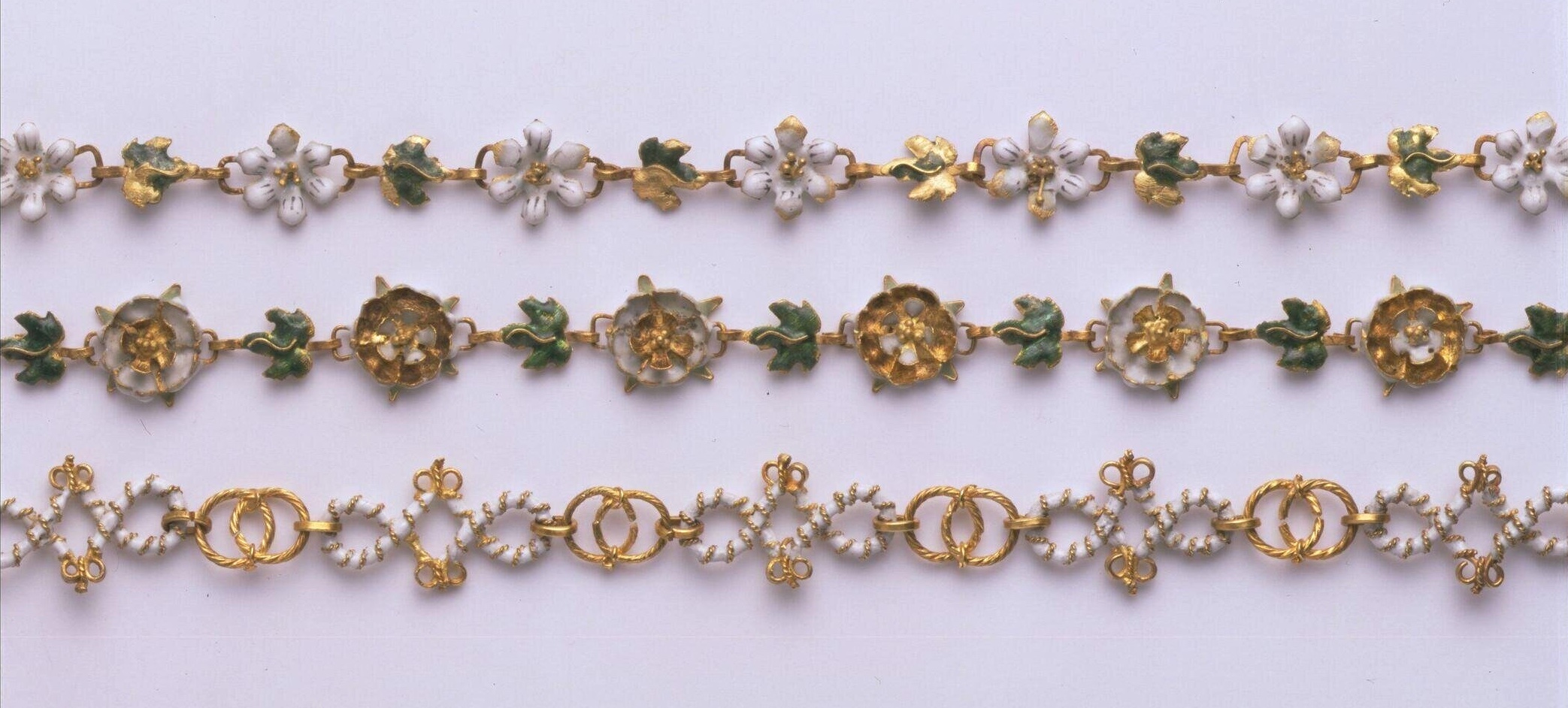
Cheapside Hoard, Gold & enamel chains © Victoria and Albert Museum, London
Our pieces are handmade in London, just a stone's throw from where the Cheapside Hoard was discovered. Using traditional techniques that wouldn't have felt out of place to Elizabethan goldsmiths, each jewel is carefully created with an eye for detail and quality. This connection to place and craftsmanship is part of what makes the Elizabeth Collection feel timeless - linking past and present in every piece.
Reimagining the Rose
We didn't want to recreate or replicate Elizabethan jewels; they belonged to a different world. Instead, we focused on the meanings behind them. The rose appears again and again in Elizabeth I's portraits: a symbol of the Tudor dynasty, but also of love, resilience, passion, purity, and beauty.
Shakespeare, writing during Elizabeth's reign, returned to roses more than any other flower. In The Two Noble Kinsmen, Emilia declares: "Of all flowers, methinks a rose is best." We couldn't agree more!
Aril Jewels Rose pendants
You'll find roses blooming throughout the collection. Each one is shaped through carefully considered arrangements of old diamond cuts, gemstones, and colour - never overly ornate and always wearable for modern women.
Rose-cut diamonds - so called because their domed shape and small triangular facets supposedly resemble a rosebud unfurling - feature prominently in this collection. First developed in the 16th century, they would have been the latest innovation in Elizabeth's time and were beloved for their glimmer in candlelit rooms. Their gentler sparkle gives them a quiet, romantic quality that felt especially suited to this collection, where femininity and strength sit side by side.
Aril Jewels rose-cut diamond half eternity ring
Colour, Character, and Contrast
Elizabethan jewels were known for their drama: heavy gold, saturated colour, and bold silhouettes. Ours take a lighter, more wearable and modern approach. We've explored graduated pinks, reds, and blues in our rose rings and played with unusual gemstone pairings that feel both romantic and unexpected. We've also introduced metals that weren't available in the Elizabethan era: platinum and 18ct rose gold, to complement the colourful gems perfectly. It's our way of bringing a fresh balance to old ideas.
Aril Jewels pink sapphire, ruby & old-cut diamond Rose ring
You'll also find hidden details, just for the wearer. Pendants and rings feature fluted backs, some set with a single, secret rose-cut diamond. It's a nod to historical craftsmanship - when even the back of a jewel was carefully finished, often enamelled or engraved in the Elizabethan age.
Why the Elizabeth Collection?
Not everyone who wears a piece from this collection will be thinking about Elizabeth I. And that's exactly how it should be. A rose jewel might speak of strength, softness, femininity, power, or resilience - or simply be something beautiful that draws you in.
We've designed each piece to carry more than surface beauty. There's depth to the design, and something timeless at its core. And while the journey might begin with a love of history, it ends with how the piece makes you feel when it's yours.

